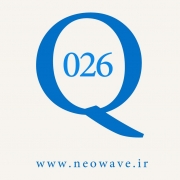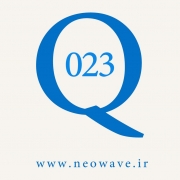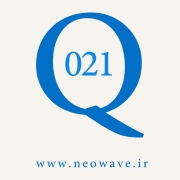How do you translate your cash wave analysis into a futures market trade?
ANSWER:
This is the first question in this forum, of what I hope will be many, focusing on trading instead of wave analysis. The translation issue caused me great consternation for at least the first decade of my career, so I`m sure many of you are grappling with the process.
Due to premium decay present in most futures markets (it is most pronounced in agricultural markets and least pronounced in currency markets), accurate wave analysis requires one use cash charts. If cash structure is far from completing an important, tradable top or bottom, there is no need to keep track of futures data. When cash structure indicates an important turning point is looming (let`s assume for this example a top is forming), begin comparing recent cash highs and lows with those same futures highs and lows. Mark the cash point (in both price and time) that will confirm your count (probably the break of a low in this case). Next, find the same date on your futures chart and notice the price low of that bar. That will be the point in the futures market where you will want to enter your SELL order.
Next, if your position is activated, find the cash point (in price and time) where your trade will prove wrong and then find the same date on your futures chart. Use that future`s bar`s high for your stop.








آخرین دیدگاهها